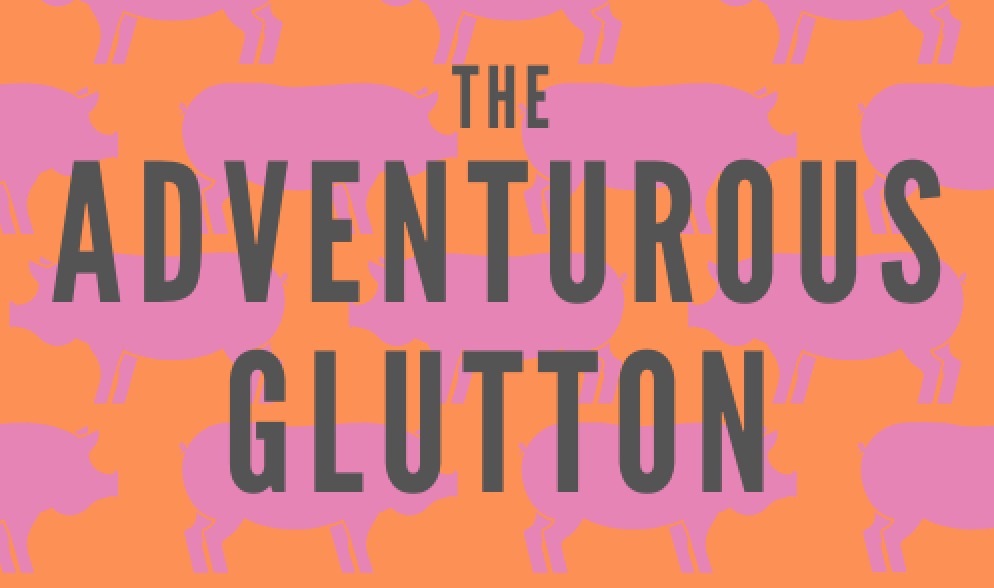Coca in Cuzco
Following my travels to South America, it was only a matter of time until I blogged about coca, or ‘Inca candy.’ From the moment we stepped off the plane in the dizzying city of Cuzco where they were dishing out leaves by the basket-load, coca was present throughout our travels. It’s most commonly brewed or chewed, but it’s also found in balms, toothpaste, sweets, etc.
Archaeological evidence shows that Peruvians were chewing coca leaves 8,000 years ago. And in the late 19th century when Coca-Cola was launched, the two key ingredients were cocaine and caffeine – the latter derived from kola nut and cocaine from coca leaf.
Brewed
Most guest houses and hostels offer free coca tea (mate de coca) on tap, and tourists who are not used to being at high altitude will need it. Although cocaine is obtained from the leaves of the coca plant, a cup of tea won’t get you high. It can cause a positive result in a drug test though…oops. The tea is very pleasant, yellowy-green in colour with a slightly bitter flavour similar to green tea.
Chewed
When chewed, the leaves numb your mouth. They also act as a mild stimulant, suppressing hunger, thirst, pain and fatigue. Apparently, before stronger anaesthetics were available, coca was used for broken bones (ow), childbirth (owww), and during trepanning operations on the skull (owwwww…really?!)
There is an art to chewing (we discovered after doing it the wrong way and ending up with bits of dried leaf stuck in our teeth). Remove the tough stem; soften the leaves in your mouth; form a ball and tuck it between your teeth and cheek; chew every now and again to release the saliva and juices; and swallow. It’s not uncommon, especially in the mountains, to see locals with such huge wads in their cheek their whole face looks disfigured. Traditionally, the leaves are chewed with lime to release more of their active chemicals.
The flavour is pungent – bitter like tea leaves. And because the leaves encourage saliva production, it can make the uninitiated feel sick. So while I wasn’t a fan of the taste*, who can argue with such a plentiful and powerful natural remedy?
*Possibly the biggest understatement of all time
Rating: A brewing-chewing-rootin’-tootin’-saliva-gushing 9/10







